Train Suite Shiki-Shima: Luxury on Rails - A Japanese Gem
Welcome to my review of Train Suite Shiki-Shima. Since I became aware of new luxury residential train, with various journeys of differing lengths from Tokyo’s Ueno Station, I knew I wanted to experience this for myself. To make getting a place even harder (you have to apply through a ballot process to ‘win’ a place - which you still pay for!) I selected that I really wanted to experience it in style in their one and only Shiki-Shima Suite, the prime bi-level bedroom suite on the train. This was on three levels, an entry level entrance with full bathroom off, a lower level for the bedroom area, and a panoramic upper level for a lounge and relaxation. Read on to find out all the in’s and out’s of this incredible trip.
Train Suite Shiki-Shima by The Private Traveller
What will I share on the Train Suite Shiki-Shima
What is the Train Suite Shiki-Shima?
Find out all about Japan’s Train Suite Shiki-Shima
The Booking Process
The Suite’s Bedroom
The Shiki-Shima Suite’s Bathroom
What about the food on Train Suite Shiki-Shima
The journey itself - the wonder of luxury rail travel
Day 1
Day 2
Day 3
Day 4
What about the hotels featured here?
The amazing restaurants we experienced through Train Suite Shiki-Shima
Amazing sight-seeing opportunities we had through Train Suite Shiki-Shima
My final thoughts on this exceptional luxury train experience
Welcome desk at the Prologue Shiki-Shima Lounge at Ueno Station in Tokyo
What is Train Suite Shiki-Shima?
The Train Suite Shiki-Shima (Shiki-Shima means the island of four seasons) is an ultra-luxe residential train in Japan, run by the East Japan Railway Company, JR East. You can read all about it here and check it out on the train company website. Not only is this an amazing way to see the Japanese countryside by rail, the train company organises activities both on the train and sightseeing trips off when it stops at various stations across the islands of Honshu and Hokkaido. Many of the train stations at which this majestic feat of engineering stops have a private Shiki-Shima entrance, at the main starting/stopping point (Ueno Station in Tokyo. They also have a special lounge - Prologue Shiki-Shima). As with everything about the train, from booking to welcome, trips, food, accomodation, additional transport options etc. all was just absolutely incredible and a real experience of a lifetime. Throughout the trip, announcements were also made in English and every possible language adjustment made for us; albeit we were the only non-Japanese couple on the train.
Train Suite Shiki-Shima Viewing Car - one of two
“Experience the hidden depths of Japan.
Enjoy the sheer beauty of the fleeting of time.
Take a train trip in eastern Japan for a truly extraordinary lifetime experience.
This is the very essence of SHIKI-SHIMA.”
Find out all about Japan’s Train Suite Shiki-Shima
The Booking Process
As soon as I saw that this train was being introduced, I knew it was something I wanted to travel on. From the time of announcement of bookings being taken, I kept applying for a place - each time when they announced trips I would make all possible applications for suitable dates, however selecting the Shiki-Shima suite meant that we were limiting ourselves to only one available cabin each trip - see below for the train make-up of cabins. Each time we were unsuccessful but, eventually, we received an email saying that we had been selected for the 4-day 3-night trip in August - this was just such amazing news.
The train only has 17 suites in total, so a maximum of 34 people each trip if each cabin is full - each has double occupancy. In car 7 there is both the Shiki-Shima (bi-level) maisonette suite (suite number 702) and the Deluxe Suite - both have a full bathroom (see below) which is the same, the difference is that the Shiki-Shima suite has a full bedroom area on the level below, the Deluxe Suite only has two seats which are made up into beds at night.
Train Suite Shiki-Shima Suite Lounge - only in the Shiki-Shima Suite
In cars 2, 3, 4, 8, & 9 there are 3 Suite rooms each; making up the 15 remaining suites. While service is exemplary throughout from start to finish, the Shiki-Shima and Deluxe Suite guests do seem to get priority seating on coaches etc. Every day we would be given a daily information sheet as to where the train was going (with specific timings to the exact minute), where and what we would eat (i.e. type of food/Chef details), details of excursions etc. and right down the level of detail of having a diagram of any coach we would take off the train and which seats had been reserved for us (usually front row). Just exceptional!
You always enter the train through car 5, this is the Lounge Komorebi - as well as being the welcome entrance, it is also a bar during the day (and open 24 hours) and is used for lunch service (one sitting only). Next to this is car 6, Dining Shiki-Shima, where both lunch and dinner are served - this is the only car for dinner, so dinner has two servings - an early and a late. Throughout both dining cars tables are set up 2’s only so unlike many other residential trains there is no need to share (or have the bun-fight like Rovos Rail where there is a rush/undesirable early reservation “system” with books, cardigans etc.)
The train will at times change direction so there is an engine room at both ends, incorporated within cars 1 and 10 (at either end) is a viewing terrace (raised seating, but full enclosed) - these are called Kizashi and Ibuki.
The Suite’s Bedroom
From the entrance level you go down a few stairs (the entrance lobby has a tall storage cupboard with shelving and incorporates the in-room safe) to the bedroom area - here there are twin beds, some shelving behind both and in between, as well as a large mirror, luggage storage shelf with drawers below. There is also a full-height, through relatively narrow wardrobe but more than ample for 4 days’ worth of clothes. Everything is incredibly well designed, the coat hangers are rubberized (soft-touch) so they don’t clatter together when the train, though incredibly smooth, is moving at speed - no knocking at night either, or nothing rattles.
Shiki-Shima Suite 1st Floor Bedroom - Lower Level
The Shiki-Shima Suite’s Bathroom
The en-suite bathroom is on the entrance level of the suite, there is a sliding door (again fantastically designed) - the bathroom has grey tiled (heated) floor and walls, there is a walk-in shower and also a cypress soaking tub. The tub can be automatically filled - press the button, adjust the temperature and 15 minutes later you come back to a full tub. There is the automatic Toto toilet (as seems to be everywhere in Japan) this one with an extra privacy music/sound button, an electronic (Villeroy & Boch) sink with adjustable hot/cold water at the touch of a button with remote sensor. There are specially branded Shiki-Shima toiletries as well as the most beautifully (as it seems everything is on this train) box filled with every imaginable bathroom accessory you could possibly need. There is an ample supply of pristine white fluffy towels, oversized white fluffy bathrobes and there is a place for everything.
Train Suite Shiki-Shima Bathroom
What about the food on Train Suite Shiki-Shima?
Food was always so beautifully presented, and tasted delicious
I’m not going to give a detailed blow by blow account of all the meals we enjoyed, however it’s fair to say that all were absolutely incredible but I will leave this for you to experience if you ever take this train journey. Each meal was different, there was a different head chef for each culinary experience, from French cuisine at dinner to Japanese bento box lunches. Here is just a sample of some of the amazing dishes.
The journey itself - the wonder of luxury rail travel
Day 1
It’s a short journey by the Shiki-Shima organized limo from the Palace Hotel in Tokyo, and we get to Ueno station in about 15 minutes and are met kerb-side by the Shiki-Shima staff in their distinctive traditional uniforms. We’re whisked through the station (quite busy on a Monday morning) in minutes, our luggage going separately, being taken to the special Prologue lounge at platform 13, which is reserved for the Train Suite Shiki-Shima only. Here we are served drinks and local delicacies as we’re given train goody bags, special pins to identify us as being Shiki-Shima guests and lots of information as well as iPod style devices which means at various points throughout the trip we can listen to a commentary in English.
I did wonder at the outset what the experience would be like as I imagined that most guests would be Japanese, and indeed we were the only Western couple on our trip. From the early days of making trip applications, throughout the booking and coming up to the date of our stay; I can only say that the level of interaction (and request for detail to ensure a perfect trip) was exemplary - this continued throughout our trip and despite no other English speaking guests were were never left out. Most of the staff could speak perfect English and every accommodation was made for us - while sometimes some of the food could be a little strange for our tastes, the local experience was a once in a lifetime experience.
I looked at both Seven Stars in Kyushu and they seemed to have a policy of not allocating the best suites to non-Japanese guests, also the JR West equivalent (it seems) Mizukaze I know used to advise that some of the early journeys could not accommodate non-Japanese fluent guests - I think though they did plan on introducing this later, it might be different now.
At 10:20am we go are asked to go out onto the platform to welcome the train coming into the platform and we’re introduced to the station master (as elsewhere we find on our trip) where they are dressed in the most immaculate cream uniforms.
After we have welcomed the train, we go back into the Prologue lounge where we receive an introduction of all staff and a ceremonial presentation of the train. We’re given a sheet with pictures of all key crew and one of the staff members came to sit with us so that she can translate as each crew member is presented to the guests and explains what they think is the best part of being part of the Train Suite Shiki-Shima family.
Each guest is then invited to board the train, we find as we’re the Shiki-Shima Suite that we’re invited first to our suite and shown round the train. You’ll see from the pictures that it’s a visually stunning train - an unusual mix of futuristic styling with tradition and a touch of art-deco thrown in too, just incredible!
We settle into our suite, with the full description above, unpack then we’re invited along to carriage 6, the dining carriage, for our first lunch. After lunch, we arrive at Nikko Station (as advised at 2:11 - we soon learn that when a time is given to the exact minute, that is when either the train will arrive or depart, not one minute before and not one minute after!). It’s about 15 minutes until we get to the Toshogu shrine.
We then head back to the station and are shown round the Emperor’s waiting room (The White Room) - this was created for the Emperor when he started visiting Nikko on a regular basis with his family, by train, where they had the Tamozawa Imperial Villa. Everywhere the train goes it gets attention, whether it’s a welcoming committee or waving send off, or just from the public as it passes through normal train service stations, occasionally stopping.
Day 2
After a good night’s sleep (only negative comment is the one pillow is very firm - like a Tempur type mattress, but ok once you get used to it) we get up at 6am to get organised for a morning’s excursion. Having had a bath yesterday in the cypress soaking tub, I tried the shower this morning - it’s so amazing, great water pressure and temperature that you would not think you were on a train, albeit an ultra luxurious futuristic one!
We get off the train at Hakodate Station - there is a member of the public (as well as many train staff) there to welcome us - apparently this rail aficionado comes to meet the train on every trip, he was also there when we left the station too, with signs in both Japanese and English, possibly more but on our trip we were the only two non-Japanese guests on board. Again on the coach we have had our seats pre-selected, it seems to be that the Shiki-Shima and Deluxe Suite guests get the front seats of the coach, it’s not clear whether all other guests have been given preselected seats.
From here we visit Japanese Restaurant Fumato for a traditional fish breakfast - this is mainly fish but spectacularly presented and I get a special vegetarian meal. Hakodate is famous for squid (called Squid town) and later in the morning market we see all types of fish, lots of squid but also lots of crab too (King and hairy).
From the restaurant we get back on the coach for a very short journey to the Gotoken Restaurant Sekkatei, this is an amazingly historic (but quirky, with amazing artwork) restaurant (currently celebrating its 140th anniversary), albeit it feels like a traditional hotel. We all head up to the ballroom area which is set out with tables and chairs, we’re offered tea, coffee or water and are entertained with a cultural show from three local women with the most incredible looking kimonos.
There is then the option of either a visit to the Hakodate City Museum of Northern Peoples or taking a historic tram ride to the end of the line at the Hakodate docks, then back to the station. Here we have about half an hour to visit the morning market (mainly fish, but some fruit and vegetables too), local shops and here we discover the most amazing selection of caramel candy sweets.
After lunch we arrive at Datemombetsu Station (for hotels in the Niseko area) to disembark for Zaborin (there are three hotels used for the (night 2) overnight stay off the train - Shiki-Shima and Deluxe suite guests can choose any, though I think the rules have changed slightly here over time and other guests must be able to have this as an option too. There were more than four guests going to Zaborin. Some guests stay on the train for another short journey, guests also disembark at Noboribetsu for hotels in this area.
From selecting the first set of options on my very first trip application, I knew that Zaborin was the place we wanted to stay. I’ve added a full hotel review on ThePrivateTraveller.com website which can be found here - what I can say here is that Zaborin was absolutely incredible, yet another of the trip’s significant highlights.
On the way to Zaborin, we stop at a viewpoint overlooking Lake Toya - despite the rain (and it’s much cooler than Tokyo because of being further north) it’s a great outlook and there is a good gift shop. At most sites, train stations etc. in Japan you get a visitor stamp - it’s a tradition to have a book in which you record stamps from every place you visit. We knew this from a previous trip to Japan, but only realized so far into that holiday that we felt it was too late to start. In Joanna Lumley’s Japan TV programme we were also reminded of this, but despite this we arrive in Japan and completely forget. After visiting a number of sites in Tokyo where they have a stamp, we keep thinking that we’ve missed so many that it’s too late to start. In Toya however, seeing they have a stamp again, we make the decision to buy a book and start stamping now - have to start somewhere. If you do visit Japan, try to remember this from the outset as once you realize you will start seeing stamping stations everywhere and it’s such a nice memento of a trip.
We arrive at Zaborin after about two hours - for our overnight experience here please see the full hotel review here. We’re offered two options (or the train crew refer to them as ‘Courses’) for the morning - an earlier one where we will visit a local Toya food market, though this seems to be specially created for Train Suite guests only at a camping site. We opt for the relaxing course, which is a later pick up from the hotel which means we will travel straight back by coach to the Toya train station.
Day 3
We opt for a Western breakfast at Zaborin (the Japanese dinner the night before was amazing, but we really don’t want more vegetables or raw fish for breakfast) and this was done incredibly well - it was indeed western-style but with a definite Japanese influence, perfect!
It’s not such a long journey back to (this time) Toya station (about 80 minutes) without stopping to meet the train. As we near the station, we realise there is some interaction between the other passengers, the driver and the Shiki-Shima guide and some gathering excitement. We’re stopped at a level crossing, just before it happens the guide explains that it’s a very unusual occurrence but the train is going to pass right in front of the coach. Unfortunately I didn’t have time then to get organised with my proper camera, but I was able to take this video on my iPhone, though with a bit more warning I would have had it positioned better. What an experience though to see this majestic train ride past, knowing that in a few minutes we would be boarding it again for the next part of what is an amazing experience.
We leave Toya station just before 11am (and with yet more fanfare and visitors coming to see her off) - as incredible as Zaborin was (and we could have stayed there for days) it’s so nice to be back on the train. We were able to leave all of our main luggage on board, we took enough for the overnight - the train seems to go away and be fully cleaned/serviced etc. but nice to come back to the familiarity. Because our Shiki-Shima suite is bi-level, it means you are raised up that the main floor for sightseeing - so good to sit in the sunken seats with large panoramic windows watching the world go by, and again anytime people see the train they wave.
Lunch today is by the Moliere Café “Come Rain or Shine” - again the menu is exceptional. I’ve been on amazing trains before and the food and dining is usually fantastic, this takes that experience to another level though having different guest chefs (and teams) coming on board for just one meal only. They seem to come on at a previous station, make all the preparations, the meal is served by the Shiki-Shima staff then the chef gets off at the next stop.
This afternoon there were two different options (or courses) - either a trip on the Gono Line train or a visit to the Jomon site remains at Sannai Maruyama followed by dinner at the Aomori Art Museum. Because we’ve opted for the latter, we stay on the train until late afternoon while the other passengers depart immediately after lunch. The trips seem to be split quite evenly (perhaps deliberately) so there are only about 16 passengers left on board. While it’s just amazing to just sit and watch the scenery pass, catch on emails etc. - we were given a local WiFi device on boarding which works really well in the suite (tunnels excepted!) or you can take with you on trips for connection on the go). I had pre-ordered a mobile WiFi device to be waiting at our hotel on arrival through Japan Telecom which worked great in Tokyo but not so well as we travelled north. We’ve therefore mainly been using the one provided by the train (Docoma).
We’re taken by coach first to see the remains at Sannai Maruyama then to the visitor centre next door. We’re not keen on dressing up but when getting off the coach there were local historians there with traditional dress/smocks for the visitors to wear. After getting a tour around the visitor centre we were taken to the Aomori Art Museum for a private tour round after closing - here we saw some amazing works of art, including paintings by Marc Chagall. Once we had toured the museum we were escorted to a private dining area which was set up with tables for each couple. Dinner was provided by a team from the nearby Hotel Jogakura, Hakkoda Resort. As with everything about this train experience dinner was absolutely incredible, as was service and the accompanying drinks. Every single dietary requirement was taken into account, the pre-arrival team had made sure that they fully understood our requirements, which weren’t that complex but they just wanted to get everything right (which they did)!
Day 4
There was the option for an early morning visit to the Kamo Aquarium or a local onsen; or to sleep in instead. We knew in advance that the start time for the aquarium trip would be early (actually turned out to be 05:18) but we took the view that when we were having such a once in a lifetime experience we should try to do all activities possible. Having said that, once we were actually on the train and saw how amazing our suite was, we opted just to have a lie-in and a later breakfast. It was actually so good to be on the train with just the staff (who were so incredibly friendly).
Between 7 - 9am there was a very special breakfast - Chef Masayuki Okuda from Tsuruoka, Yamagata (Italian restaurant Al Ché-cciano). We travel on once all the other guests had come back from the various activities then leave the train at Niitsu station and go on coach to the Tsuiki Doki Beaten Copperware factory for a morning visit. So great to see this magnificent craft being carried out by traditional ways right in front of our eyes.
After the coach trip back to Higashi-Sanjo station (again specific front row seat identified on the coach) we have an incredible sushi lunch on the train from Niigata. This was probably the most visually stunning meal on the train, albeit all meals have been exceptional, and actually really good for a vegetarian too.
We arrive back into Ueno Station right on time, and there was a farewell party in Prologue Shiki-Shima - here they showed some photos of the trip to the group then there was a ceremonial goodbye to the train as it exited the station to go and get ready for another guest experience. After getting some souvenirs we then took the Shiki-Shima limo onto Tokyo station for the bullet train to continue the next part of our Japanese adventure.
What about the hotels featured here?
Palace Hotel Tokyo
Palace Hotel Tokyo Swimming Pool & Spa
Part of Leading Hotels of the World, and somewhere we had stayed before, this was a great choice before our Train Suite Shiki-Shima trip and indeed for any trip to Tokyo. Centrally located with such wonderful facilities, it’s somewhere I would return to again and again.
Book Your Stay at Palace Hotel Tokyo with VIP Perks
If you’re planning to take the Train Suite Shiki-Shima, I highly recommend pairing it with a stay at the elegant Palace Hotel Tokyo — the official departure point for this extraordinary rail journey. Perfectly positioned in the heart of Marunouchi, with serene views over the Imperial Palace gardens, this refined property is a destination in its own right.
When you book Palace Hotel Tokyo through The Private Traveller via my affiliation with Fora Travel, you’ll receive exclusive VIP perks, including:
🛏️ Room upgrade on arrival, subject to availability
🥐 Daily breakfast for two guests
💳 $100 USD hotel credit to spend on dining or spa services
🕰️ Early check-in and late check-out, subject to availability
📶 Complimentary Wi-Fi
Whether you're staying the night before your rail adventure or unwinding afterwards, I can help you plan the perfect Tokyo stay — with added benefits and seamless service from beginning to end.
📩 Submit your travel request here or email me at dave.gillan@fora.travel to book with VIP extras.
Zaborin Ryokan
Zaborin Ryokan Private Onsen on Suite Terrace
On the second night of our 4-day 3-night Train Suite Shiki-Shima trip (nights 1 and 3 on the train itself) there was the option to stay at the luxury modern Ryokan, Zaborin. An absolutely stunning building in such amazing woodland surroundings, this is somewhere I would have liked to stay for longer. I’d also love to be there when it was deep snow, what an experience.
The amazing restaurants we experienced through Train Suite Shiki-Shima
Exceptional food on Train Suite Shiki-Shima - Sushi
Ryoutei Fumoto Restaurant
The Ryoutei Fumoto Restaurant was somewhere we went when the train arrived in Hakodate for breakfast. There was one large table for all train guests, and something we, as a couple would have hated (communal dining), but it was a nice experience and a very different breakfast for us as Westerners! All part of the unique Train Suite Shiki-Shima experience.
Gotoken Restaurant Sekkatei
Gotoken Restaurant Sekkatei was where we went to see a traditional Japanese show. Like everything about the whole Train Suite Shiki-Shima experience, everything was so well organised and such a good mix of events, shows, sightseeing and of course amazing food throughout the whole train experience.
Molière Café - Come Rain or Come Shine
Chefs and team from Molière Café - Come Rain or Come Shine came onto the train for either lunch or dinner, I can’t quite remember which now. This was one of the things that made the whole experience so unique and exceptional was to have guest chefs prepare some meals on board. A pet hate of ours is communal dining (and a bit frustrating when we did Rovos Rail that it became a bit of a challenge to try and secure a table for two only), rather a four and have to dine with other guests. On the Shiki-Shima, rather than squeeze guests in, for certain meals there would be two sittings, so that the restaurant car(s) never felt overly busy.
Restaurant Al Ché-cciano
Another visiting chef’s team from Restaurant Al Ché-cciano was yet another highlight. Like the above, guests chefs and team would come onto the train at an earlier stop with all their special ingredients, to prepare a magnificent lunch or dinner.
Amazing sight-seeing opportunities we had through Train Suite Shiki-Shima
Shinkyo Bridge Nikko - Train Suite Shiki-Shima Trip
Nikko Toshogu Shrine
The Nikko Toshogu Shrine was one of our first stops off the train, and it was clear from that point how well organised each excursion would be, right down to being provided with a detailed map of any coach journey and where both of us would be seated. As you would expect from Japanese guests, everyone was so respectful of getting on and off coaches, attending various sites etc. Whenever there was going to be a tour guide explaining the history of any site, which would be in Japanese, we were provided with both iPods with an English translation as well as en English-speaking member of the train staff to facilitate us.
Hakodate
Hakodate was a great visit, and lovely to have free time to wander and experience local markets, after we took a specially commissioned Train Suite Shiki-Shima organised traditional tram.
Hakodate City Museum of Northern Peoples
The Hakodate City Museum of Northern Peoples wasn’t something we did, but it was good to have a variety of things to do at various locations. I have a fascination for vintage trams, so for us the obvious choice was to take a specially hired private ride on a Hakodate tram instead.
Silo Observatory, Lake Toya
The Silo Observatory at Lake Toya was a short stop en route to our overnight stay at Zaborin traditional (luxury) ryokan. Absolutely stunning panoramic views over Lake Toya.
Sannai-Maruyama Special Historical Site
The Sannai-Maruyama Special Historical Site was good to see, and I’d like to say it was fun dressing up in traditional costume, but it wasn’t our thing! All part of the train experience, and some would absolutely love this!
Aomori Museum of Art
This was a late afternoon private visit to the Aomori Museum of Art and we then had a very special dinner in the museum afterwards. Really exceptional.
Kamo Aquarium
At various stops off the train, there were options as to what you could do - there was a private early morning tour to the Kamo Aquarium, but instead we opted to remain on the train and take a leisurely breakfast.
Tsuiki Doki Beaten Copperware factory
Such a special experience to the Tsuiki Doki Beaten Copperware factory - not only were we shown around the small factory, which felt more like a home, there was a very intimate display of how these magnificent works of art are created, not to mention the take away gift that we were all given.
My Final Thoughts on This Exceptional Luxury Train Experience
This really is a one-of-a-kind journey. Yes, it’s a significant investment — but the level of accommodation, service, and cultural immersion makes it truly unforgettable. From the elegant design of the train itself to the warm welcomes at every stop, Train Suite Shiki-Shima is treated with a sense of national pride. At nearly every station, we were greeted by well-wishers waving flags, holding banners, or simply pausing to admire this majestic train as it passed by. Even some stations we didn’t stop at had JR East staff on platforms waving as we rolled through. A few destinations even had their own dedicated Shiki-Shima entrances, which added another layer of exclusivity to the journey.
If you're inspired to experience this extraordinary rail journey — or to build a larger Japan itinerary around it — I’d love to help. As a Fora Travel Advisor, I can assist with:
Booking the Train Suite Shiki-Shima
Pairing your trip with pre/post stays at hotels like Palace Hotel Tokyo (with VIP perks)
Organising private transfers, cultural excursions, and full itineraries across Japan
Providing exclusive upgrades, hotel credits, and early check-in/late check-out at select luxury properties
📩 Submit your travel request here or email me at dave.gillan@fora.travel — and let’s plan a journey as memorable as the train itself.
Zaborin Luxury Ryokan - View from our Suite’s Balcony

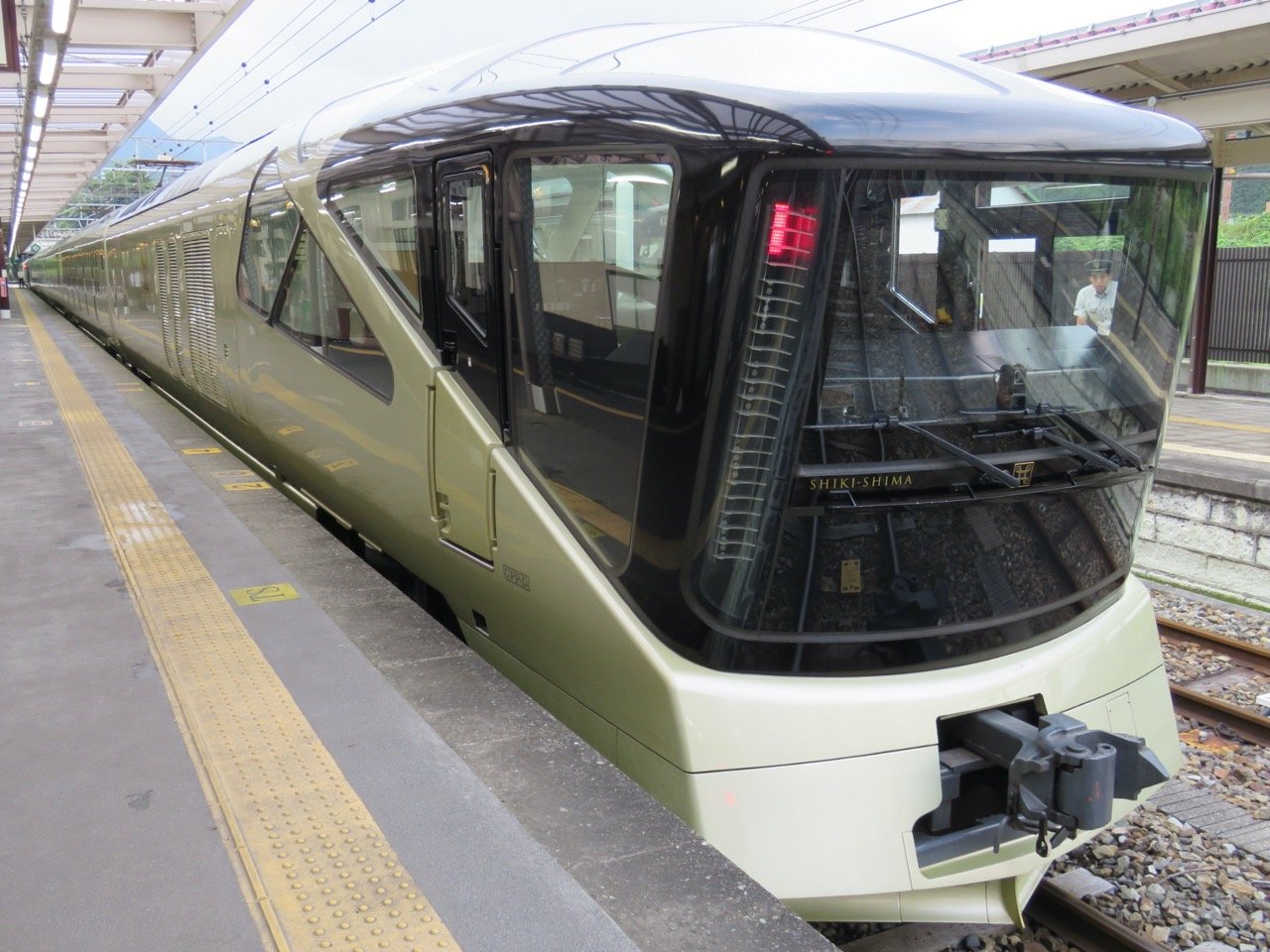
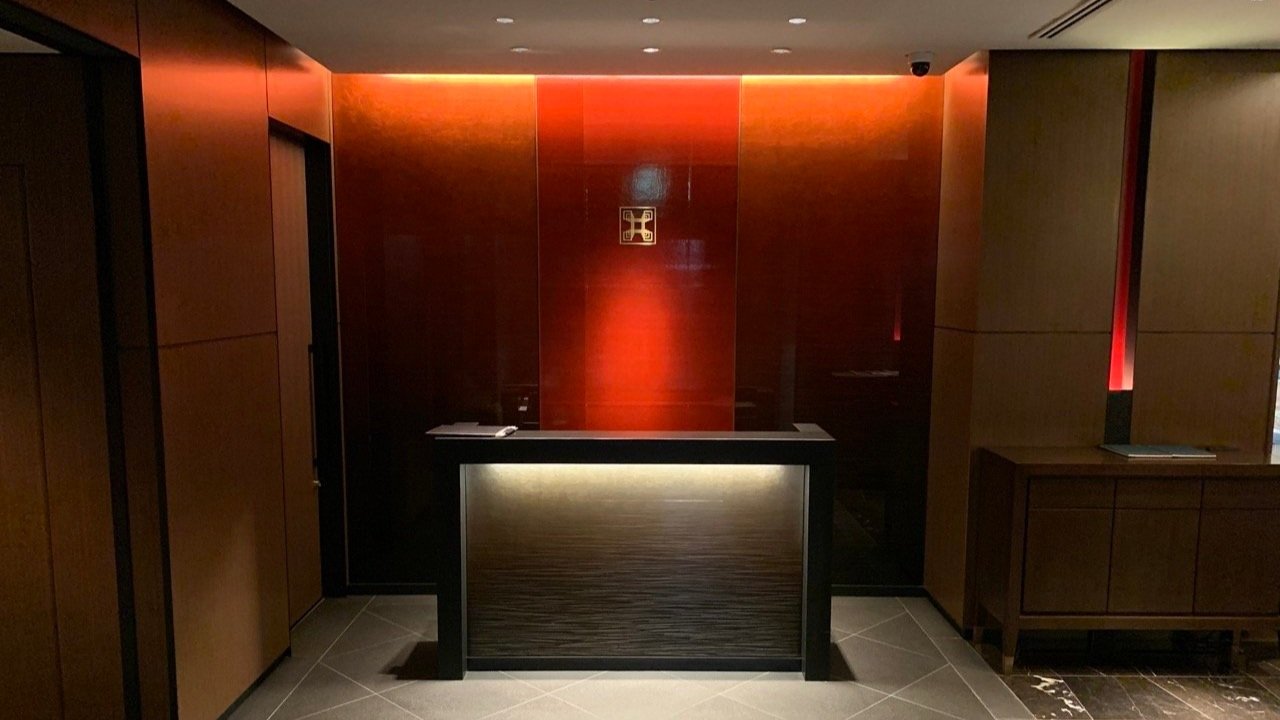
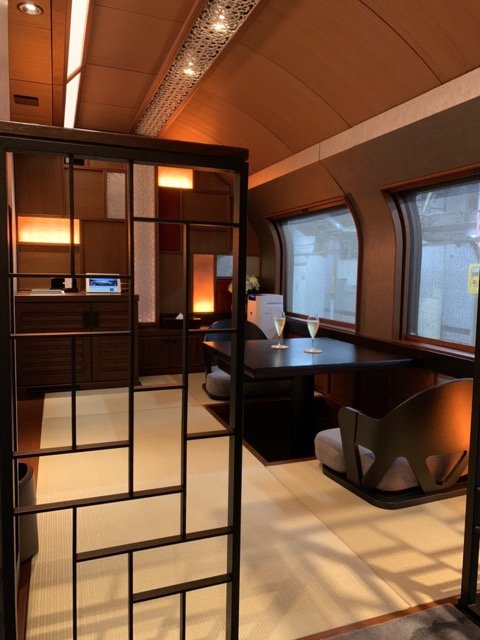
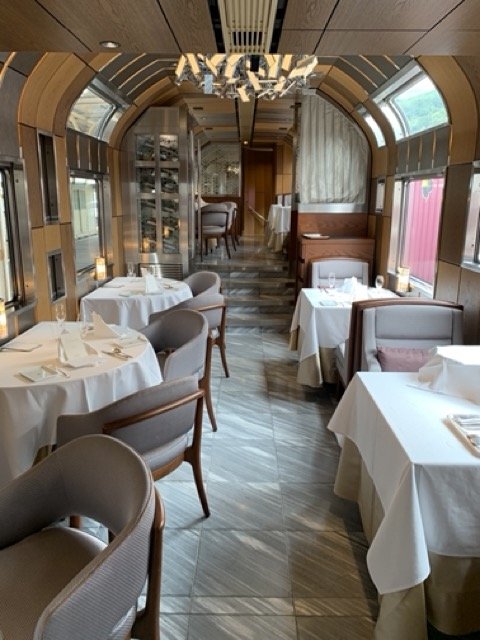


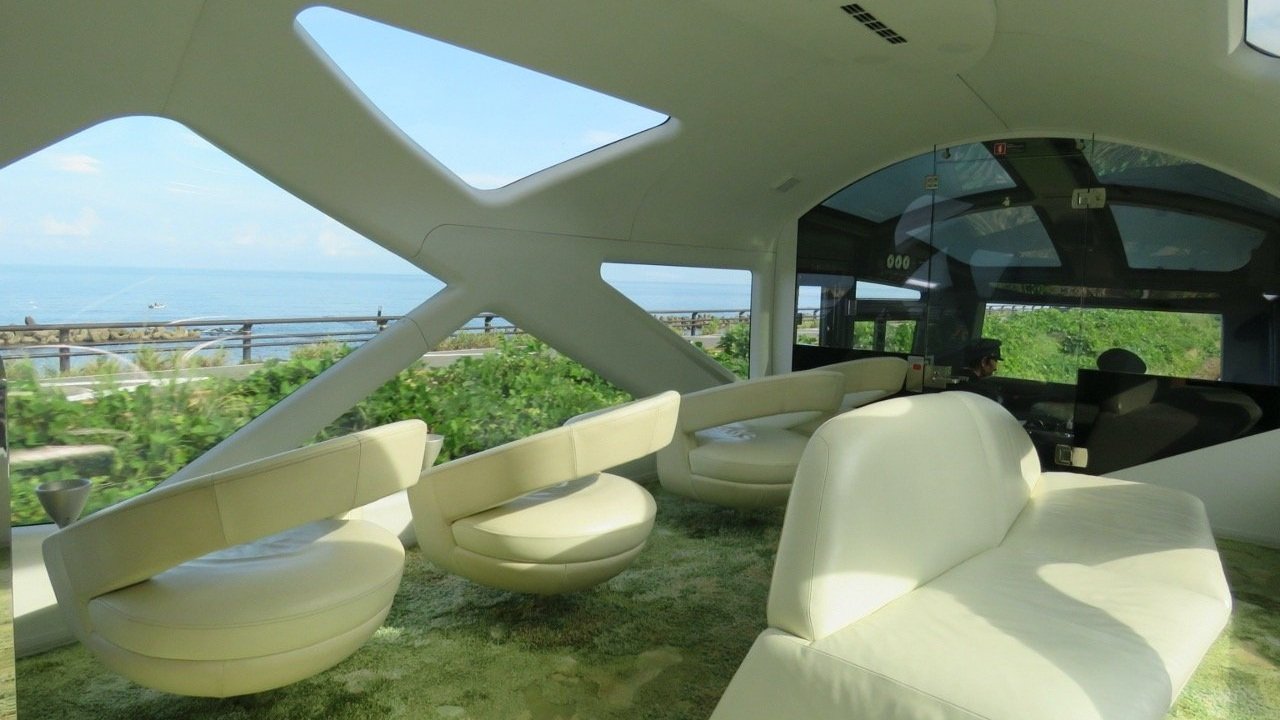
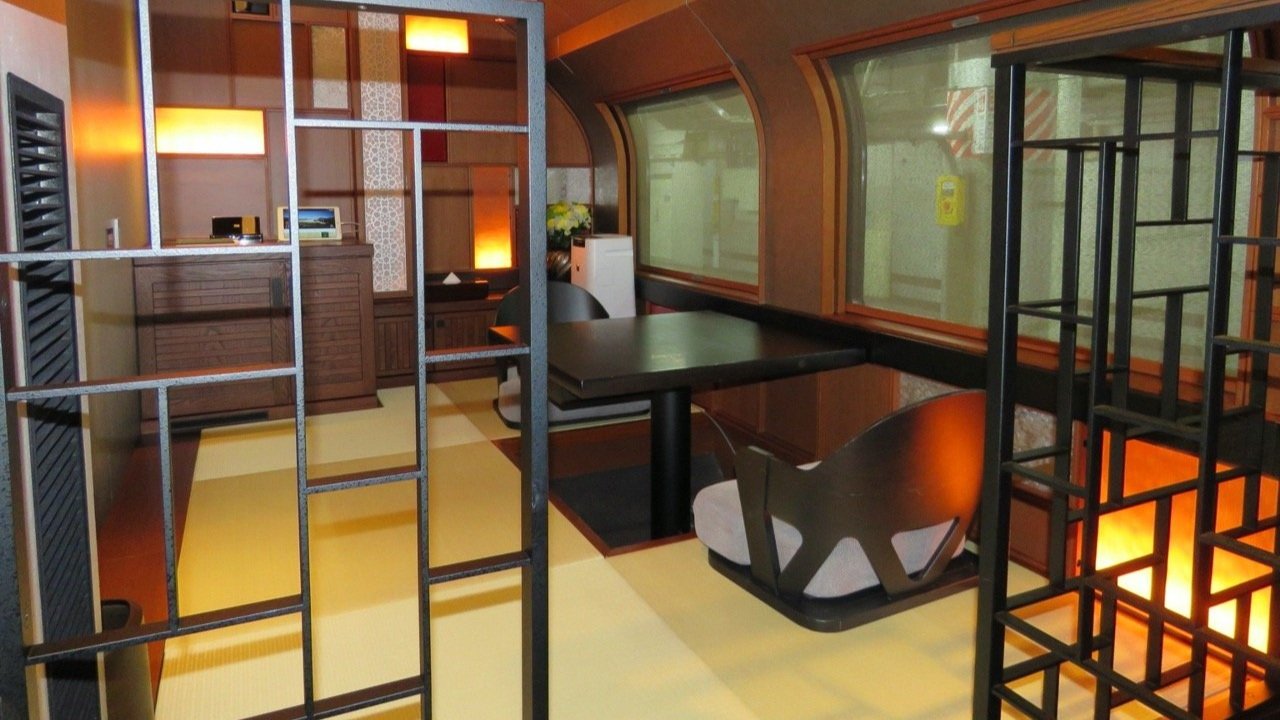



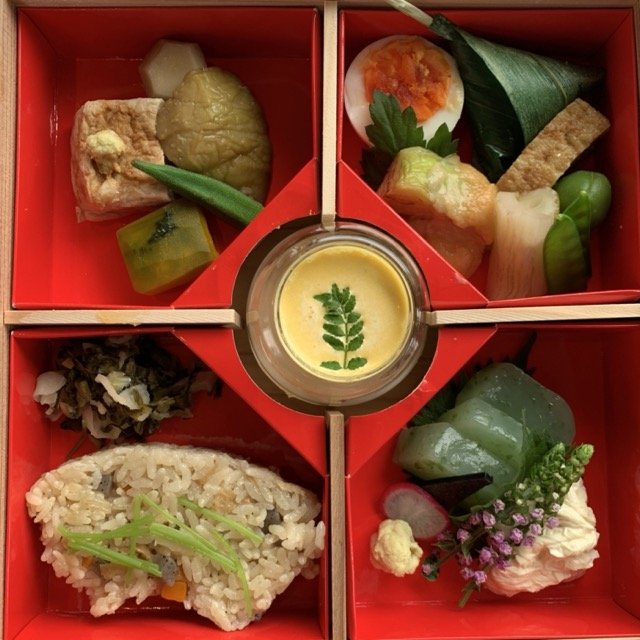
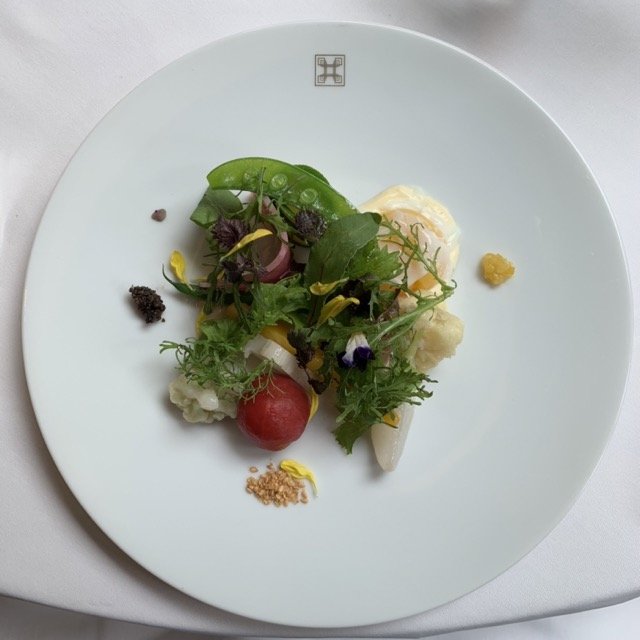
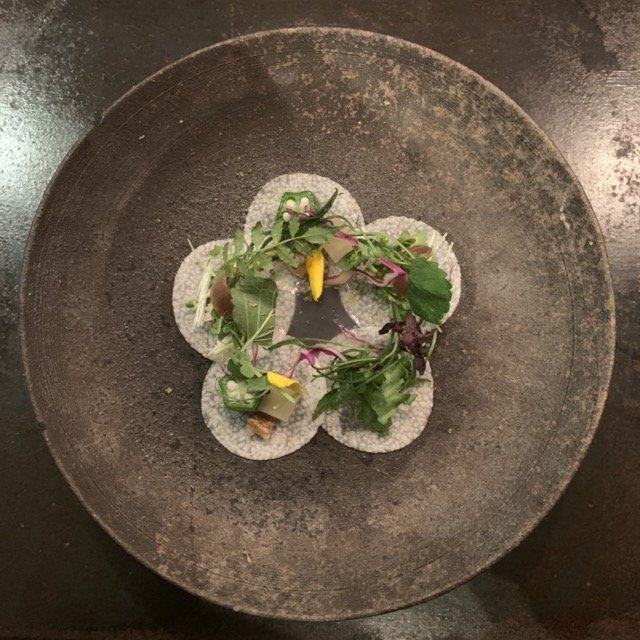
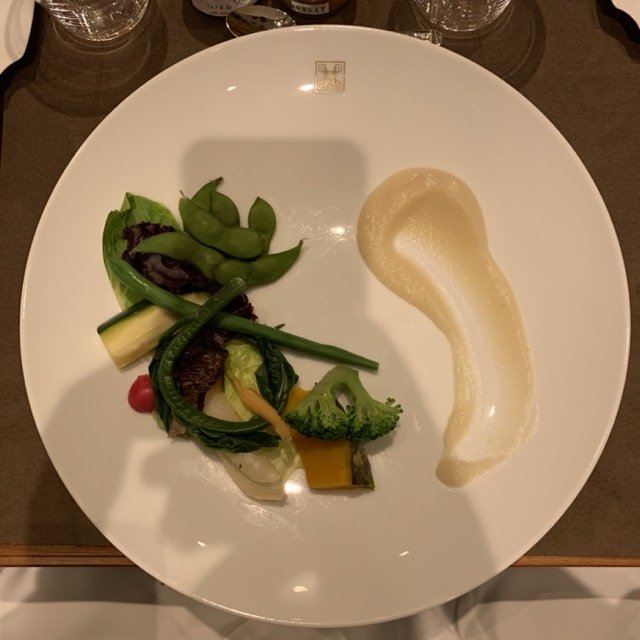

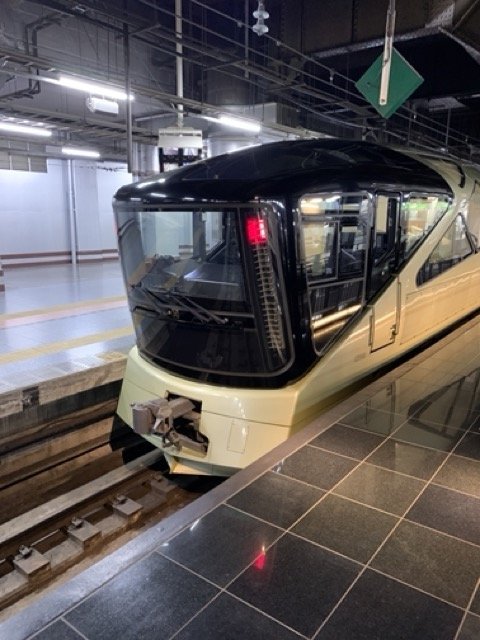
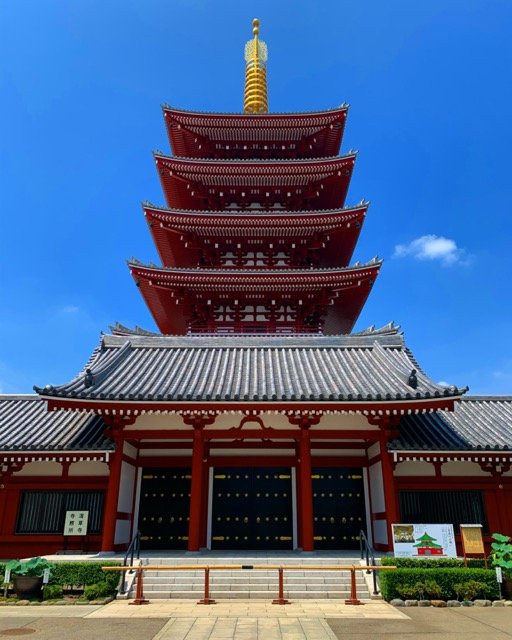
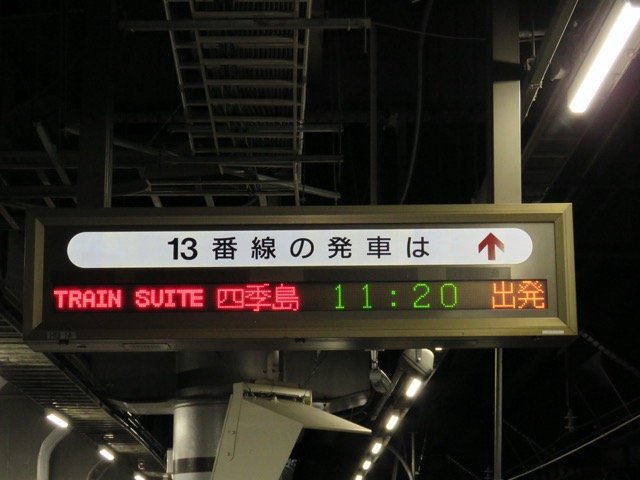
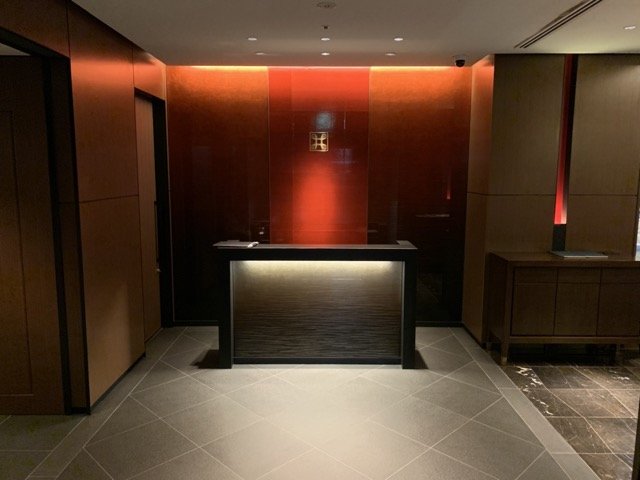
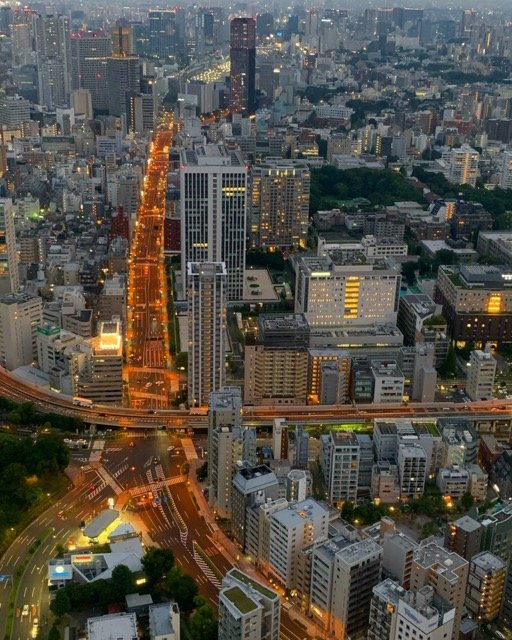
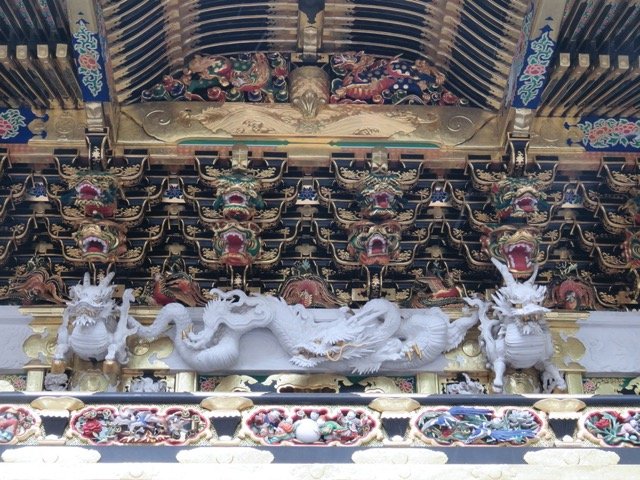
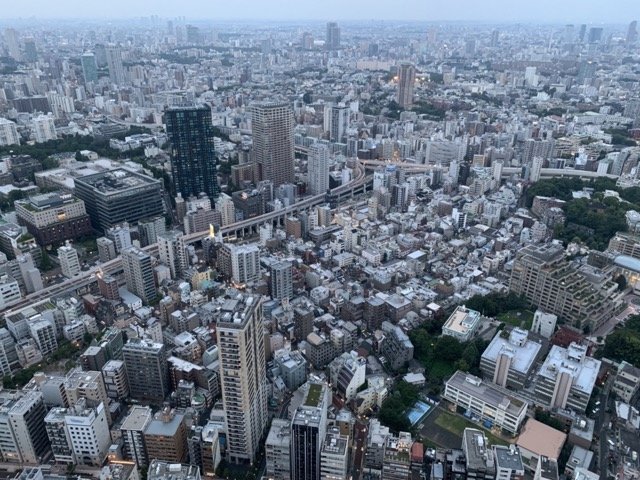
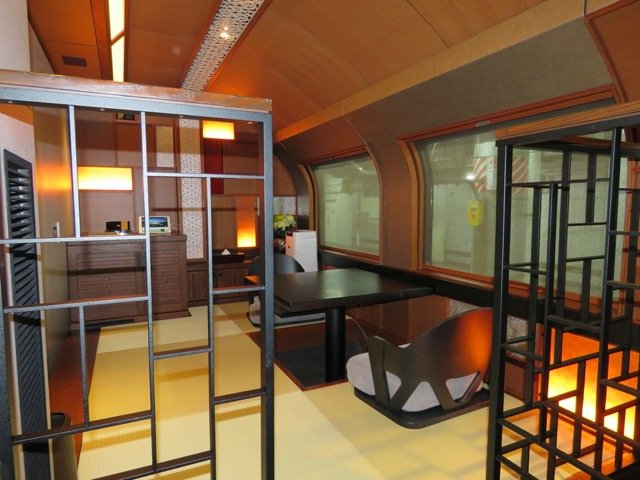

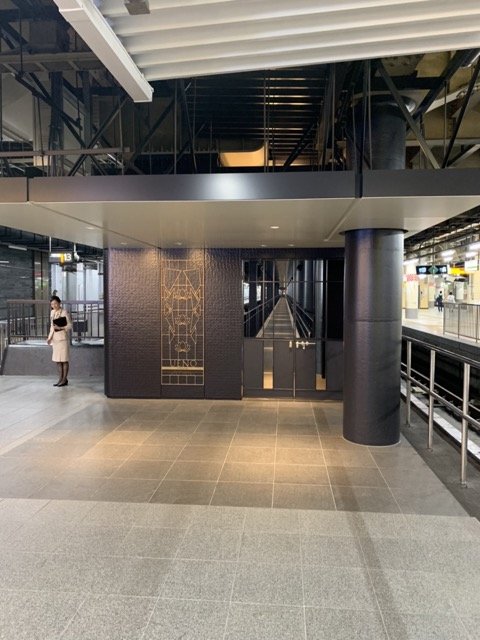
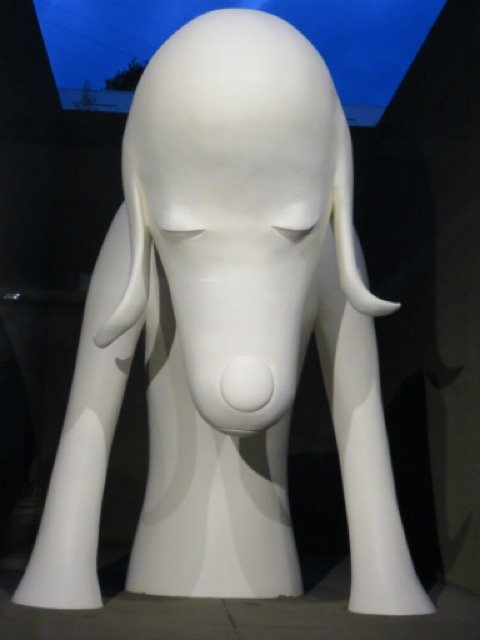
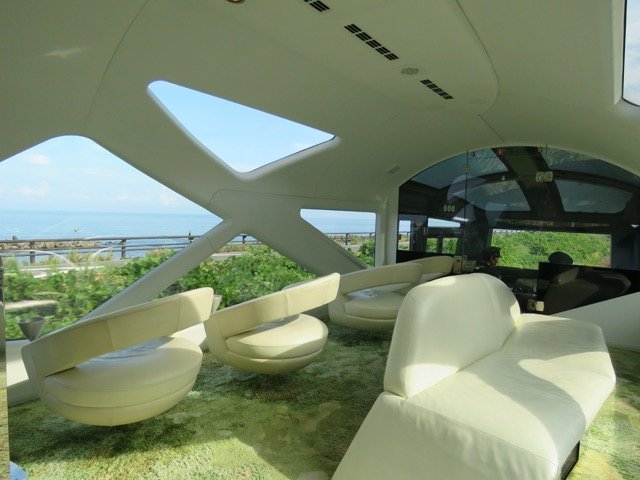
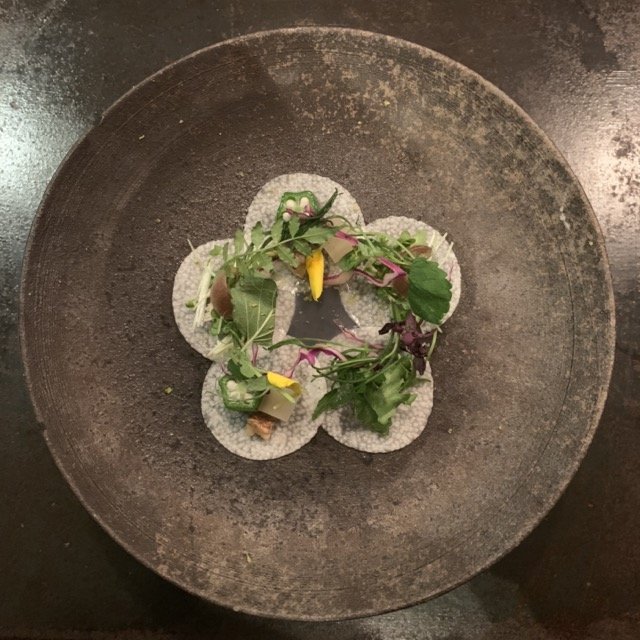
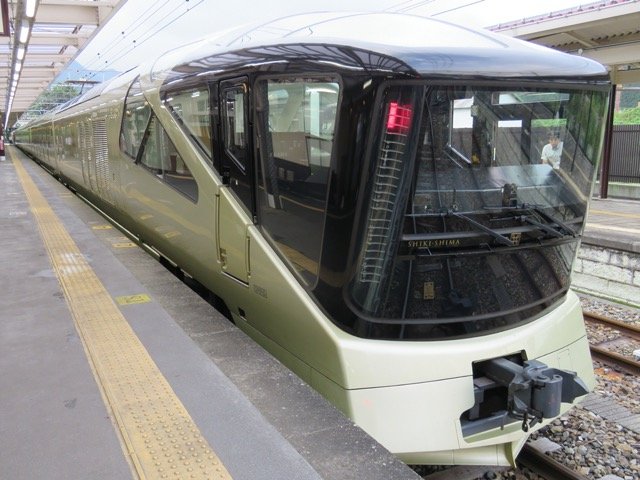
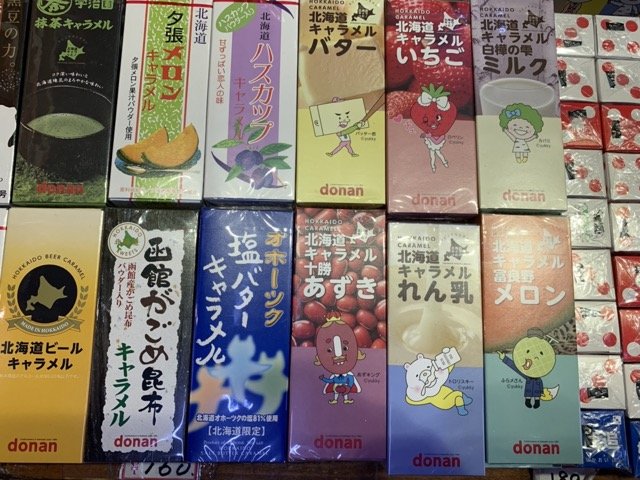


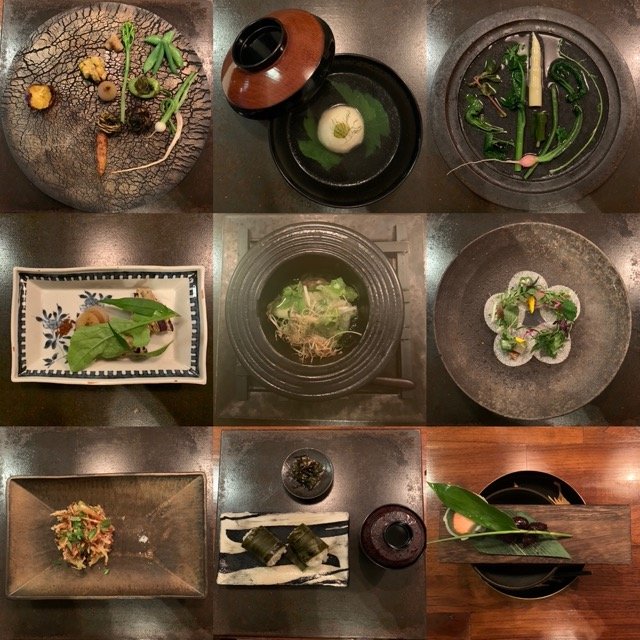
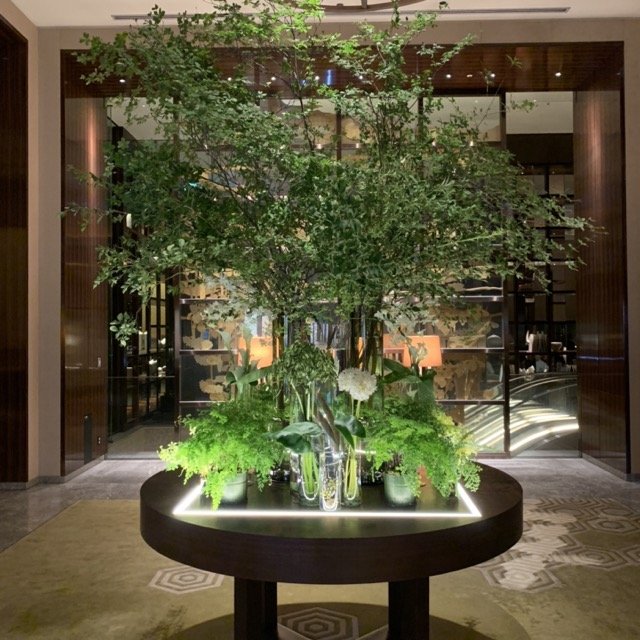

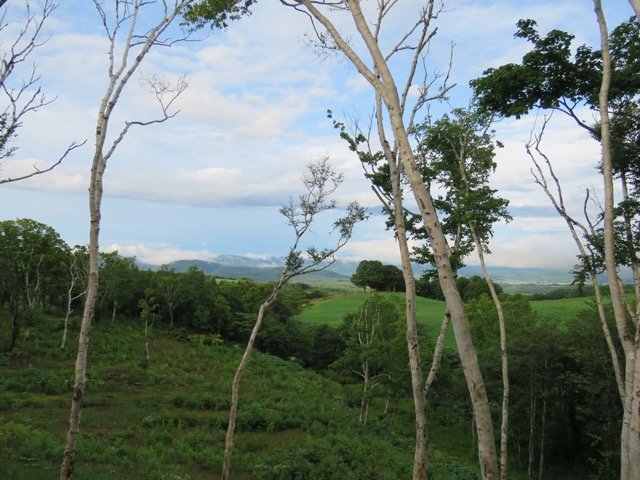
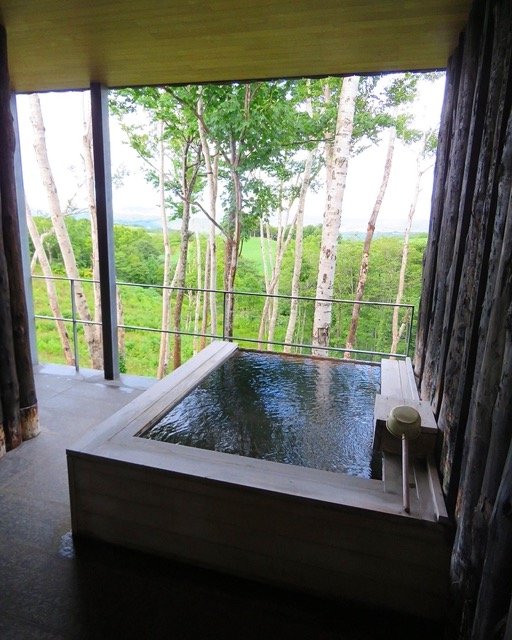
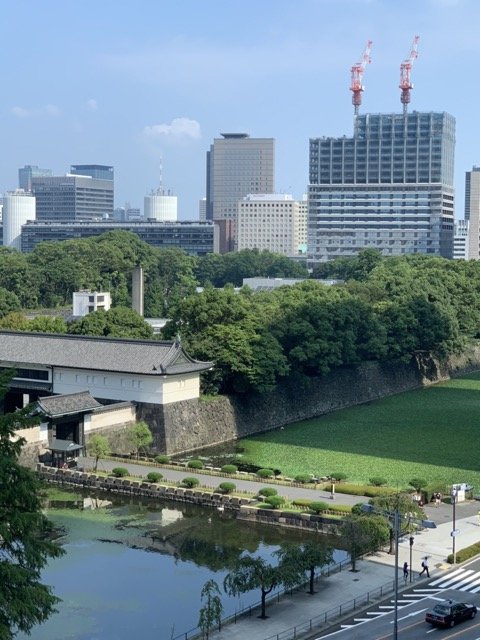
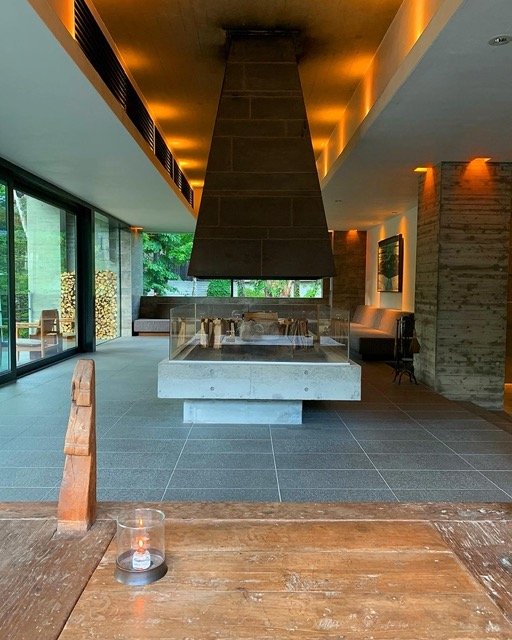
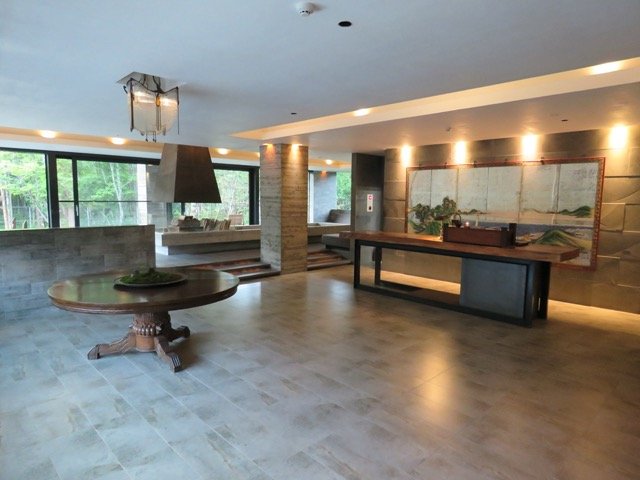
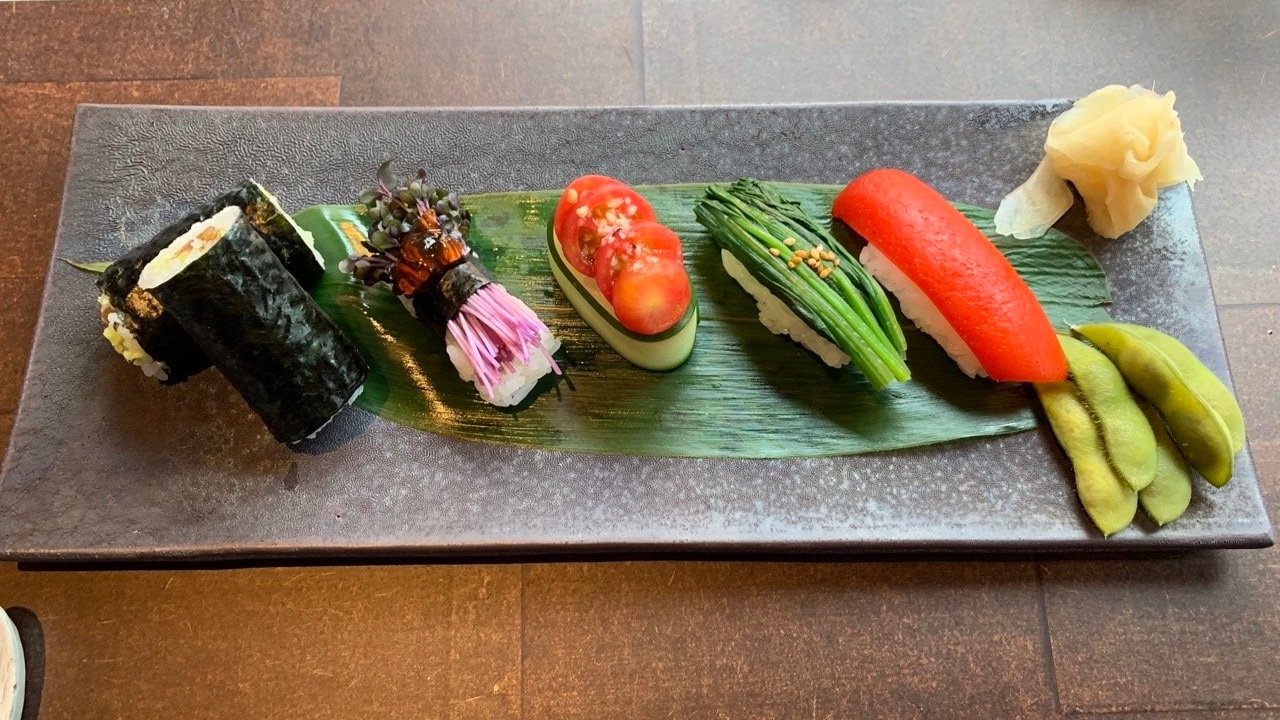
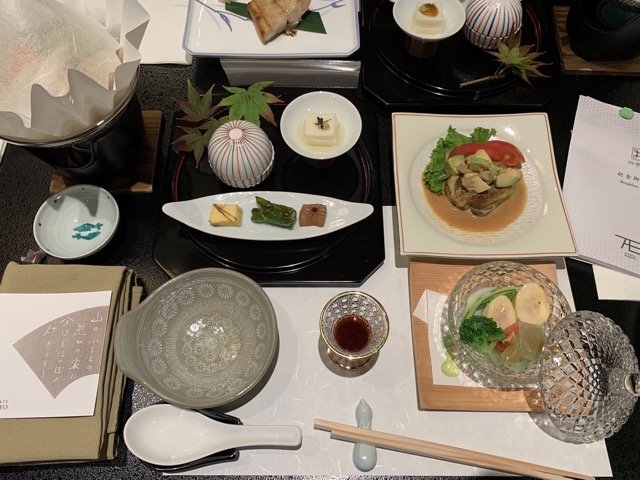


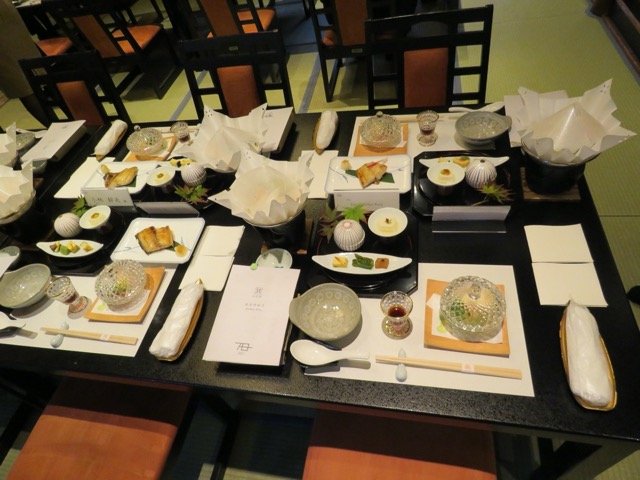

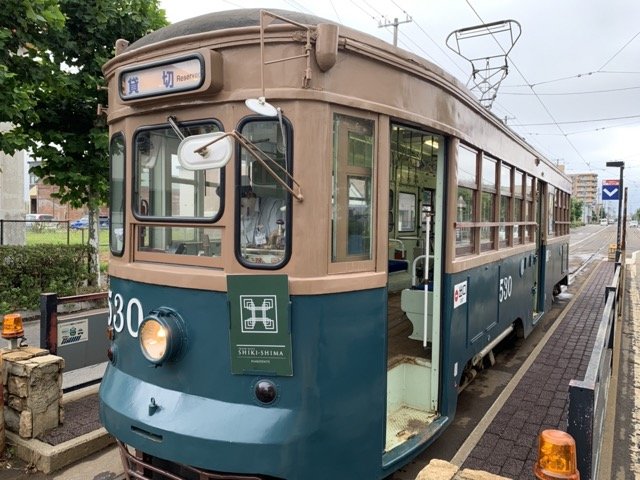
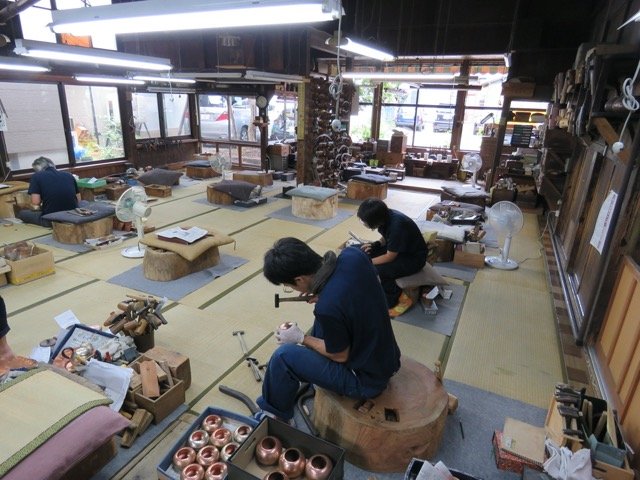
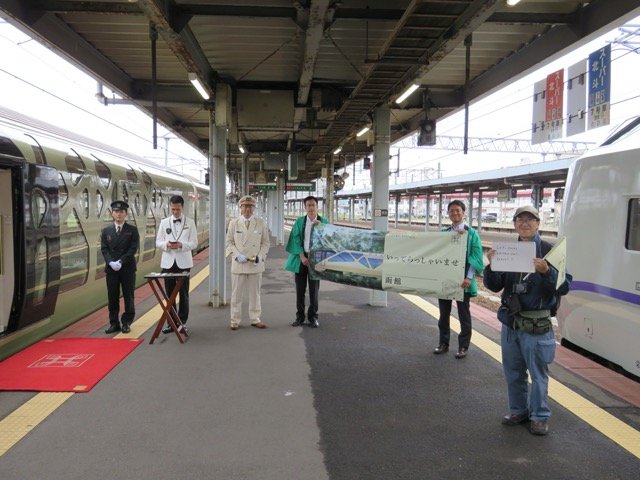
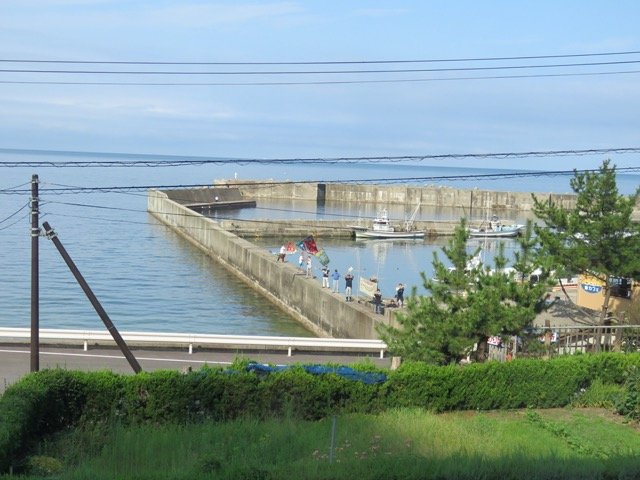
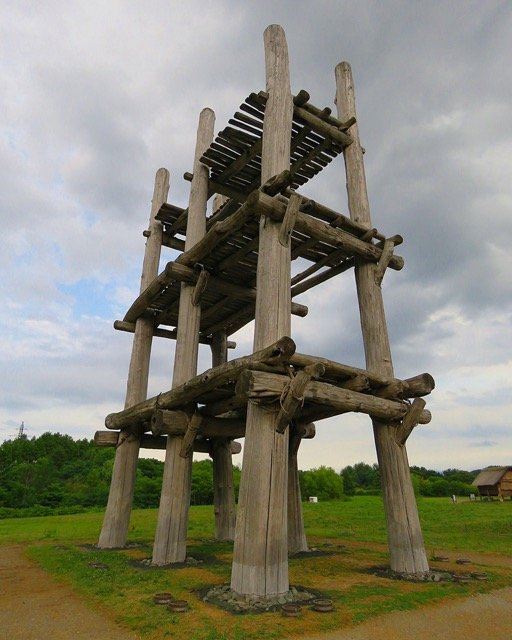
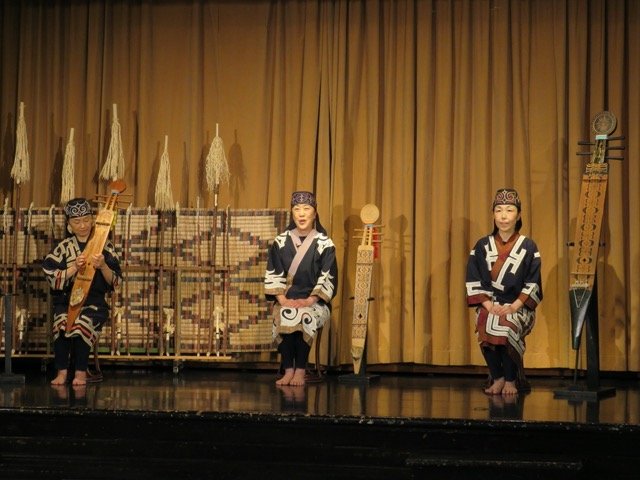
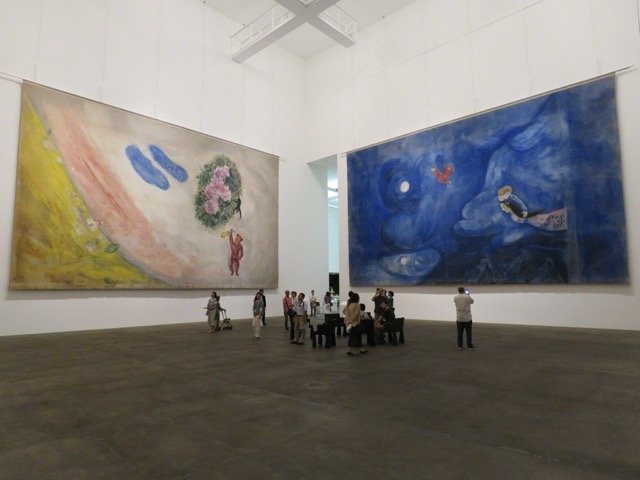
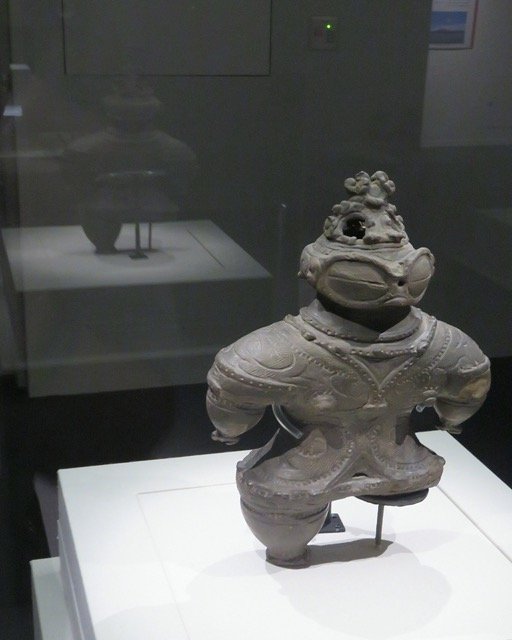



Step aboard Italy’s most glamorous new train.
From cinematic lounges and Michelin-starred dining to off-train adventures in Matera and Pescocostanzo, this immersive La Dolce Vita journey blends timeless style with modern Italian luxury. Discover what it’s really like to travel on the new Orient Express — and how to book your suite with exclusive perks.